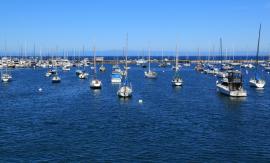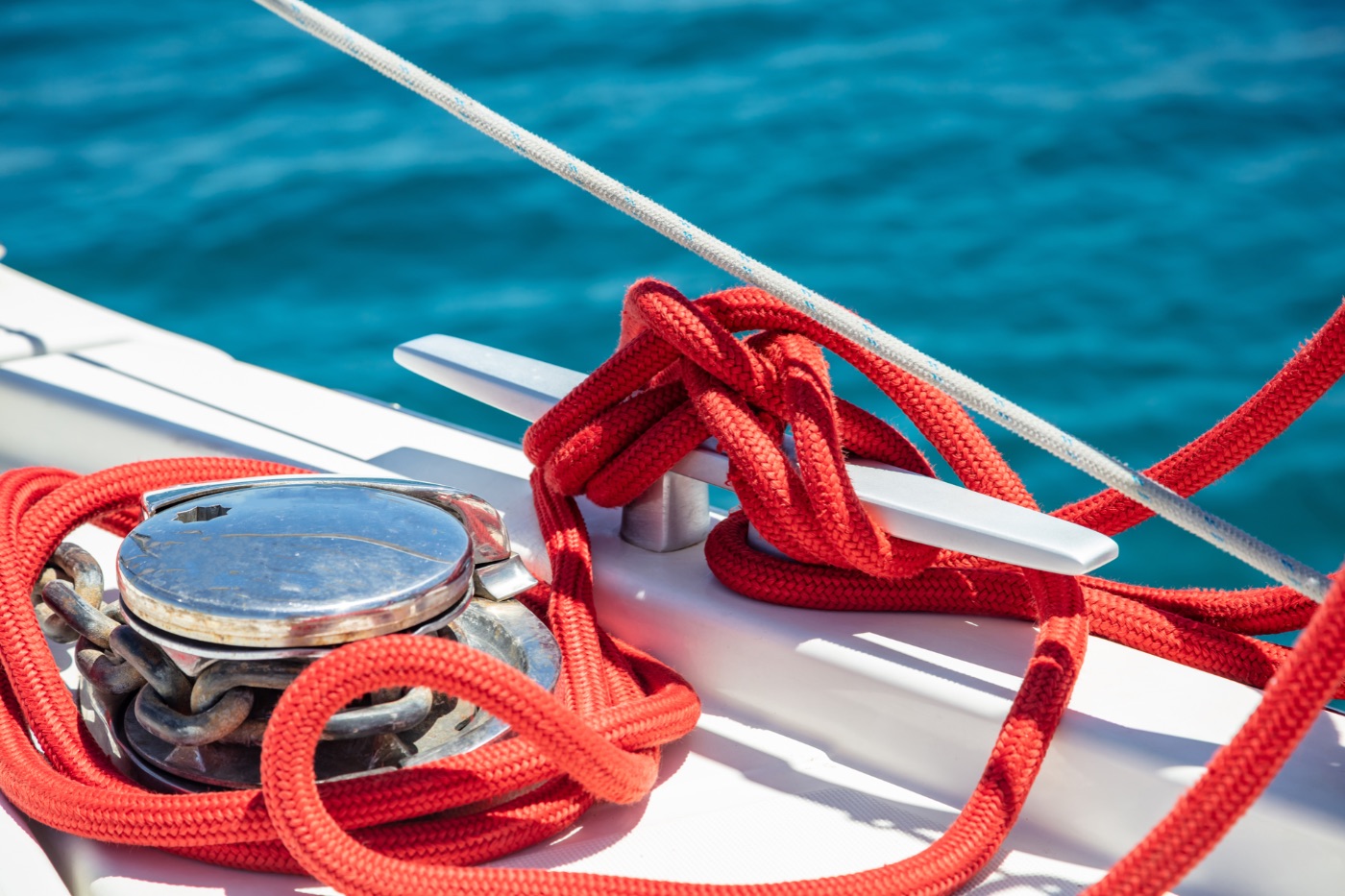How Long Can You Anchor a Boat in One Place?
Whether you've found a lovely spot off a remote beach, or you just need to leave your boat for a while, at some point you're going to have to move it.
If you anchor in a legal spot, you can leave a boat anchored as long as local rules permit. If there are no local restrictions, there is no maximum limit.
But that doesn't mean leaving your boat anchored in one place is a great idea, especially if you're not on it. You can spend a lot of time at anchor safely and legally, but you need to know more about where you're anchoring.

Local Anchoring Laws
While most of the world has open policies and unrestricted anchoring, many waters have restrictions. For example, the state of New South Wales in Australia has specific limits on how long you can stay anchored in any one spot during a calendar year. Many municipalities in coastal Florida in the U.S. have strict rules about time at anchor or even ban anchoring outright. And the custom in Fiji is that you're anchoring at the pleasure of the local village chief. You need to ask for permission and bring a traditional gift for a small ceremony with the elders.
The local regulations will be the driving limit on most spots you can anchor. That, and the eagerness of the local gendarmes to enforce the rules. Read our in-depth article on local anchoring laws for more details.

Boat Anchoring Rules & Laws: Canada, CA, FL, WA & more
How Long Can You Stay at Anchor?
When we pulled our anchor after over six weeks in the same spot in Chaugauramas, Trinidad, the last fifty feet came up encrusted in a thick layer of barnacles and marine growth. It was a mess to clean up, and we had to scrape a lot off to keep the chain running through the windlass.
If you stay in one place too long, your ground tackle will form it's own little ecosystem, and this isn't good for your gear. Especially if you have a chain/rope spliced road. You don't want things growing in your three-strand rope, it's bad for its life and may lead to a broken rode.

Periodically pulling the anchor and re-setting not only keeps the crispy critters from settling in, it gives you a chance to check your ground tackle to make sure it's not getting worn, fouled, corroded, or seized up. Anchors with moving parts like the CQR or the various fluked variants need to move freely to reset if they pop loose.
The other downside to not moving your boat is bottom growth. Most ablative bottom paints require water moving over them to slough off the paint and keep fresh antifouling compounds near the surface. This is a problem with any boat that doesn't move, whether at anchor, on a mooring, or in a slip. There's not enough motion to keep the paint fresh, and you will get growth and buildup.
All that being said, there is no limit to how long you can stay at anchor, as long as you comply with local regulations. When cruising, we went more than a year without using a slip or mooring. But practically, it's a good idea to pull your anchor periodically and clean your gear before you reset.
Can you Drop Anchor in the Middle of the Ocean?
You can only anchor in the middle of the ocean if it's shallow, and if you don't mind being uncomfortable. Most boats don't carry more than 300 feet of chain; less than 100 meters. Since you need at least four times the depth worth of anchor rode for a reliable anchor set, the practical limit of waters you can safely anchor in is about 1/4 of your anchor rode length, or about seventy-five to eighty feet for most boats. You can anchor in more for a short-term "lunch hook" but you don't want to spend the night.
A good anchorage offers protection from wind and waves, and you won't find that in open water. If you anchor in shallow, unprotected water, you will find your boat bobbing, rolling and bouncing if there's any swell or chop. It's also easier to drag an anchor when the boat is in violent motion and the bow is plunging through waves.
Can You Just Anchor Anywhere?
As we mentioned in the beginning of this article, there are many bodies of water where anchoring is regulated. You can't always anchor some place you may want to, or you may need to move after you stay the maximum allowed time in an area.

The other concern is the security of an anchorage. You need good protection from wind and waves for a safe anchorage, and a bottom with good holding. We explore this topic in more depth in this related article.
Is It Safe to Anchor Overnight?
If you set with sufficient scope in a protected spot, anchoring overnight is completely safe. It's how I've spent most nights the last nine years. Since you're on the boat and not leaving it, you just need to do a few things to make it safe.
- Set the anchor properly.
- Maintain an anchor watch
Setting the anchor is a topic for another article, but you need to leave enough anchor rode out, and you should back down on the anchor to set it.
You want to know if your anchor drags, so you will need to maintain a watch. Most GPS chart plotters - handheld or fixed - have nice drag functions you can use at night. Start the night with fresh batteries if you're using a handheld, or get a 12V adapter so the batteries don't run out.

How to Anchor a Boat: 7 Critical Steps (Lake, River, Sea)
Is It Safe to Leave my Boat at Anchor?
It's safe to leave your boat when it's anchored. Once you're sure you're well set, head to shore and go for a walk on the beach or in town to dinner. When you're using your boat and anchored, you're checking on it constantly and coming back for the night to sleep.
It's not so safe to leave your boat at anchor unattended for long periods. If you don't check your boat, you won't know if it's dragged anchor or started taking on water. Wildlife may come aboard, and local authorities may assume an unoccupied, anchored boat is abandoned. And worse, your boat may be a target for boarding and theft.
So enjoy your boat at anchor as you explore new destinations, but make sure when you're done you've left her secured in a slip or on a sturdy mooring.
Did you find the answer to your specific question?
👍 2 👎 0
Leave a comment